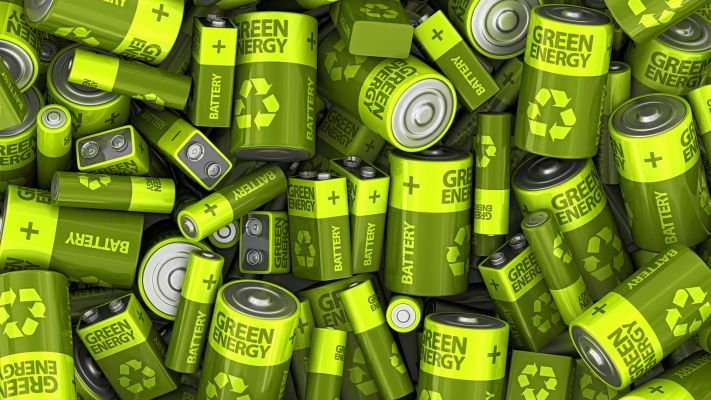There is a growing need for environmentally friendly, ethical, and cost-effective energy storage. The Bristol Composites Institute’s scientists have devised a revolutionary programmable unidirectional ice-templating approach that enables tailoring the electrochemical performance of next-generation post-lithium-ion batteries while maintaining sustainability and mass availability.

Based on an ice-templating mechanism, the novel carbon electrode material was developed. These materials are called aerogels, and they are made by growing and then sublimating ice crystals to produce a porous structure of cellulose nanocrystals (a nano-sized version of cellulose). This results in the formation of vast channels inside the structure capable of transporting the massive sodium and potassium ions.
The novel controllable ice-templating technique is being used by scientists to fabricate low-cost cellulose nanocrystals/polyethylene oxide-derived carbon aerogels with hierarchically tailored and vertically aligned channels as electrode materials. These materials are being used to optimise the rate capability and cycling stability of sodium and potassium-ion batteries.

Scientists found the performance of these novel sodium and potassium ion batteries has been demonstrated to be superior to that of several previous comparable systems, and they are made of a material generated sustainably – cellulose.
Benefiting from the renewable nature of the precursor and the comparatively cheap cost of the ecologically benign synthesis method, scientists feel that this study may pave the way for large-scale deployments of sustainable electric cars and energy storage systems in the near future.
Reference- Bristol Composites Institute, journal Advanced Functional Materials, Clean Technica






